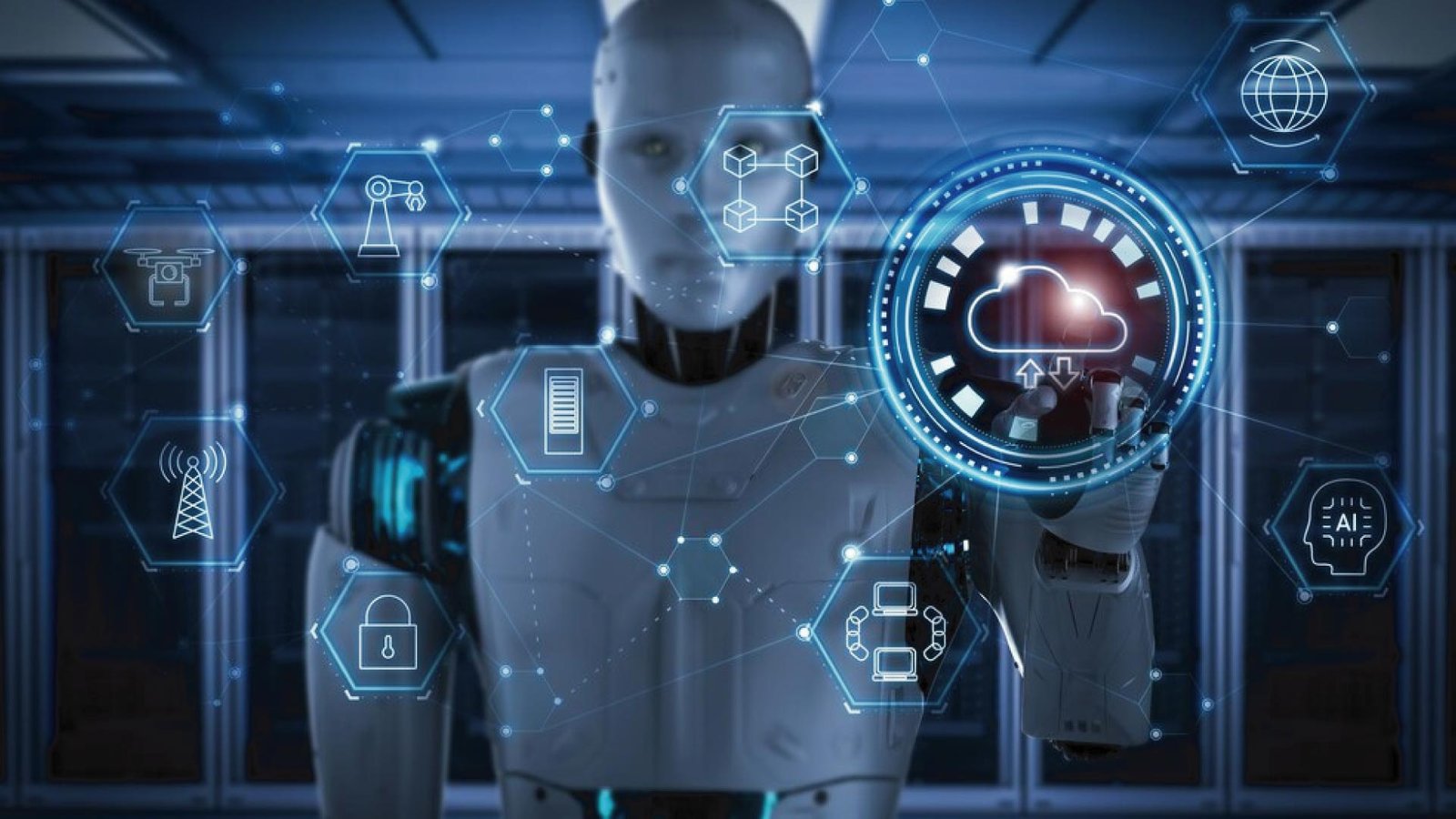Explore how AI, IoT, and data form the digital backbone of energy security, boosting resilience, efficiency, and sustainability in the evolving energy sector.
Every nation worldwide places energy security as its leading priority because it ensures continued access to an affordable energy supply. Electricity needs backed by renewable resources continue to expand, but the current standard methods for energy data observation and control prove inadequate. Digitization in the energy sector functions as the key driving force behind modern developments. AI, alongside IoT technology, is redesigning generation, distribution, and consumption patterns of energy systems.
These digital systems reinforce energy security, and at the same time, they serve as the foundational core to deliver efficiency and sustainability within the modern complex energy system.
Table of Contents
1. Artificial Intelligence in Energy: Enhancing Efficiency and Predictability
2. IoT in Energy: Real-Time Monitoring and Management
3. Smart Energy Systems: The New Standard
4. Digital Transformation in the Energy Sector: A Necessary Evolution
5. The Role of IoT in Energy Monitoring and Management: Bridging the Gap
In The End
1. Artificial Intelligence in Energy: Enhancing Efficiency and Predictability
Revolutions in c occur because artificial intelligence optimizes system performance and optimization. AI achieves outstanding accuracy in energy demand forecasting through predictive analytics and machine learning algorithms, and it detects system failures before they happen and manages power production to match real-time consumption. Energy utilities use artificial intelligence to create automated maintenance plans as well as energy theft detection systems and grid integration of solar and wind power sources.
The integration of AI leads to more intelligent decisions, along with improvements in operational expenses and enhanced reliability of the energy distribution system. Through its digital backbone roles, AI protects energy security by providing advanced, proactive energy management instead of traditional reactive approaches to establish improved energy stability.
2. IoT in Energy: Real-Time Monitoring and Management
Management and observation of energy through IoT bring revolutionary changes. The combination of smart sensors together with connected devices and advanced communication systems provides current data monitoring across the entire energy system between power plants and end-user facilities. The continuous flow of data provides immediate access to information about system performance, alongside efficiency and potential system problems.
Internet of Things technology enables devices that monitor critical infrastructure components, such as pipelines and transmission lines, to detect unsettling health indicators that signal approaching system breakdowns. Through real-time responsiveness, IoT constructs an agile digital framework for energy security that maintains a steady flow of energy while resisting physical and cyber threats to systems.
3. Smart Energy Systems: The New Standard
Smart energy systems integrate the operational elements of advanced data analytics with AI and the IoT to form an operational system. These automated systems both balance supply and demand while optimizing energy storage capacity through their ability to integrate distributed power sources, including solar panels and electric vehicles. The incorporation of smart energy systems ensures a stronger energy security posture because they manage grid complexity, which results from renewable energy adoption.
The intelligent systems operate instantly in changing situations, which leads to minimum downtime alongside maximum operational efficiency. The future energy backbone known as smart energy systems demonstrates how digital technology serves as more than an aid but undeniably leads the industry toward sustainable and resilient operation.
4. Digital Transformation in the Energy Sector: A Necessary Evolution
The energy sector needs digital transformation to drive forward necessary changes for managing 21st-century challenges. Modern energy management needs a flexible approach because aging infrastructure requires updates, and consumers need more secure energy systems while rising demands face competition against climate change and cybersecurity threats. AI, alongside IoT technologies, serves as a modernizing instrument that allows organizations to enhance their operational transparency alongside enabling distributed energy generation systems and consumption capabilities.
Digital sector transformation helps the energy industry fulfill three critical requirements: accountability, efficiency, and adaptability, which remain fundamental for energy security. Organizations as well as governments need to adopt this energy transformation to create enduring energy distribution systems.
5. The Role of IoT in Energy Monitoring and Management: Bridging the Gap
This digital revolution advances because the Internet of Things makes key contributions to tracking energy consumption while managing infrastructure. Through IoT devices, operators can establish smooth communication between items within the entire energy network. Through smart meters, energy consumers gain tracking feature benefits in addition to pricing models that balance savings against conservation.
Connected IoT systems can shift electrical power automatically when outages occur or when power demand reaches high levels, thereby minimizing disruptions to service. The extensive connectivity between devices enables organizations to discover deficiencies, maximize resource reserves, and execute predictive maintenance operations. IoT functions as a vital endpoint uniting physical facilities with digital knowledge to strengthen the digital foundation of energy protection.
In The End
The future of energy security lies in the intelligent integration of AI, IoT, and data. Together, they create a digital backbone capable of supporting a more sustainable, efficient, and resilient energy sector. Artificial intelligence in energy ensures smarter forecasting and optimization, while the role of IoT in energy monitoring and management guarantees real-time responsiveness and adaptability. Smart energy systems bring it all together into a seamless, self-optimizing network.
As the digital transformation in the energy sector accelerates, stakeholders must continue investing in these technologies to safeguard against evolving threats and meet growing demands. The journey toward energy security is digital, and the time to embrace it is now.
Discover the latest trends and insights—explore the Business Insights Journal for up-to-date strategies and industry breakthroughs!

